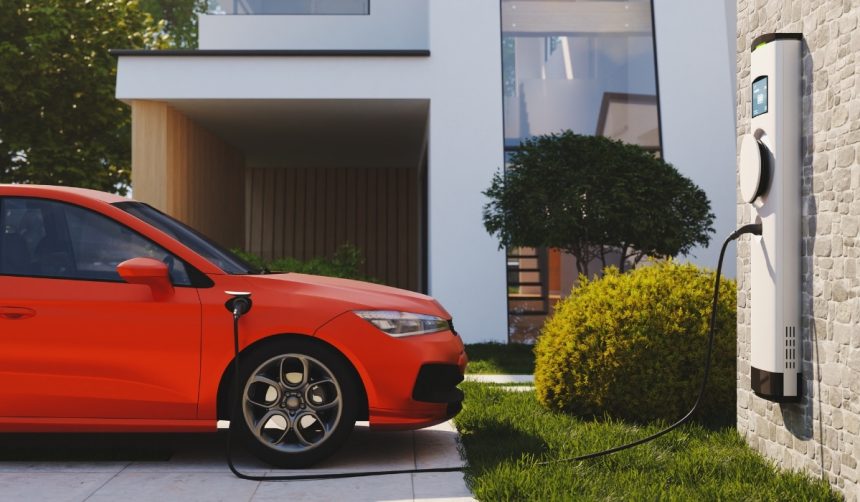As motorsport fans look toward 2026, Honda is preparing for a high-profile return to Formula 1 as it reestablishes its presence on the global racing stage. The automaker’s decision is not solely rooted in chasing victories, but represents a broader push to integrate performance credibility, electric vehicle innovation, and renewed brand momentum, particularly in its main market, the United States. Honda is positioning its Formula 1 re-entry as a measured response to both the shifting dynamics of the automobile market and a surge in F1’s popularity, which has been amplified by modern media exposure in North America. Recent sales growth in the U.S. has reinforced Honda’s confidence in this direction, as consumer interest remains strong for both traditional internal combustion engines and electrified models. Executives are leveraging F1’s demanding environment as a technological test bed and brand amplifier, underlining a longer-term vision for the company’s product lineup.
Honda’s track record in Formula 1 features several exits and re-entries, often tied to core business priorities or changing market pressures. Earlier reports highlighted Honda’s growing investments in electric vehicles as a contributing factor in its previous withdrawal in 2021. The company has historically regarded F1 not only as a competitive arena but as a strategic platform for showcasing technological advancement and elevating global brand stature. Unlike previous returns, the upcoming partnership with Aston Martin Aramco Cognizant F1 Team appears more closely linked to North American market engagement and evolving automotive technology standards, as U.S. interest in F1 experiences unprecedented growth. While regulatory changes now play a significant role in shaping Honda’s new approach, the brand’s underlying objective remains blending motorsport with mainstream product innovation.
Why Is Honda Returning to F1?
Honda’s leadership points to the integration of racing, technological relevance, and business expansion as central reasons for its planned return. Company officials note that, with viewership fueled by streaming platforms and a significant rise in U.S. F1 fans, the brand can harness the sport’s appeal in its largest market.
“The reason we decided to participate in F1 is that our business is concentrated in North America, and because of Netflix, F1 has taken off,”
explained CEO Toshihiro Mibe. By joining the Aston Martin Aramco Cognizant F1 Team as a power unit supplier for 2026, Honda aims to solidify its reputation as both an innovator in the EV sector and a leader in high-performance engineering.
How Will This Move Affect Honda’s Product Strategy?
Racing operations offer Honda a practical environment to push boundaries in motor and battery development—insights that often make their way into consumer vehicles. The company drew parallels with the 1960s, when it used F1 involvement as a step toward global recognition, and with the 1980s expansion of its Honda Racing Corporation. Today, F1 participation serves as both a validation of current hybrid and electric priorities, as well as a method for maintaining stability in racing investments. Honda’s recent U.S. sales data reflects robust demand for models like the Accord, Passport, and CR-V hybrid, and suggests lessons from the race track could enhance future products.
What Role Do Updated F1 Regulations Play?
Changes to F1 power unit rules—requiring a 50-50 split between electric and internal combustion paired with sustainable fuel—were a major factor behind Honda’s decision to return.
“The technology we’re using in F1 won’t show up directly in consumer cars. But much of what we learn on the track can show up in consumer cars,”
said Ikuo Takeishi, general manager of HRC’s automobile racing division. This regulatory shift aligns with Honda’s focus on hybrids and reflects industry trends, as automakers seek balance between electrification and established combustion technologies amid mixed consumer signals.
Honda’s 2026 Formula 1 return can offer valuable insights into the synergy between advanced motorsport R&D and mainstream vehicle engineering. Automakers often rely on racing environments to test new technologies under extreme conditions, and while not all innovations transfer directly, many improvements ultimately influence mass production vehicles. For readers watching the automotive industry, Honda’s move illustrates how companies may simultaneously respond to consumer trends, regulatory landscapes, and brand ambitions. Understanding these strategies is helpful for those interested in automotive technology, brand management, or the evolving role of electrification within legacy manufacturers.










